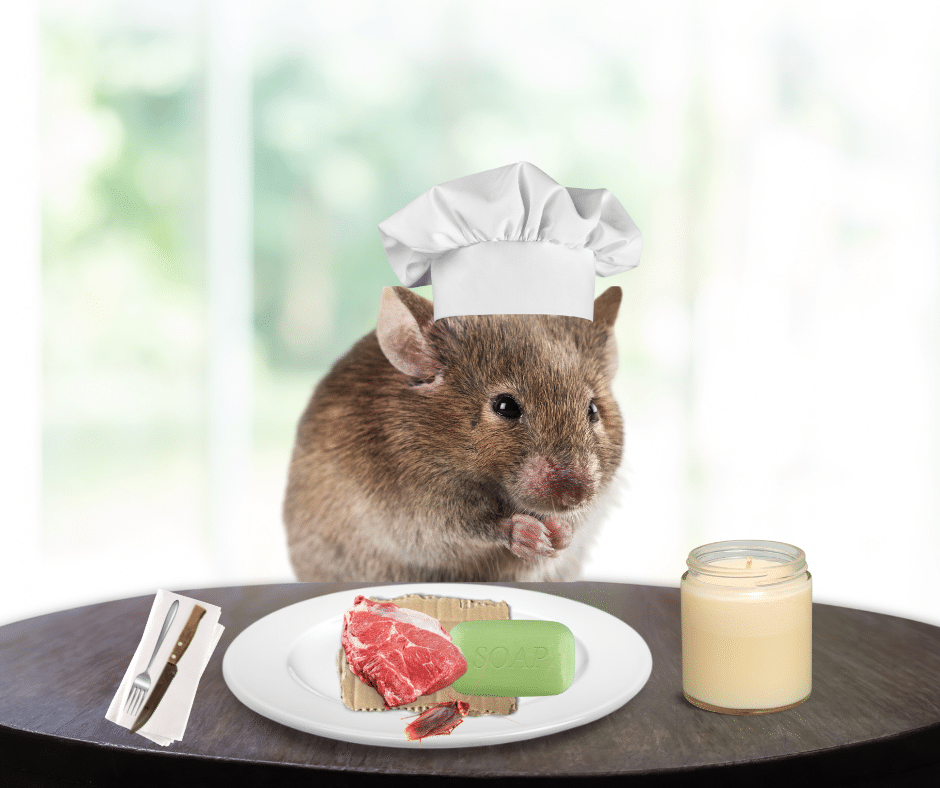
When you picture a mouse, you might envision it nibbling on a scrap of cheese—harmless enough, right? But real-world mice aren’t picky diners. In fact, these resourceful rodents can turn an astonishing array of materials into a meal. Understanding what truly appeals to their palates sheds light on just how adaptable they are, which in turn can inform better prevention strategies. Once you know what mice will eat, it becomes clearer why simply stashing food in the pantry isn’t always enough to keep them away.
Note: Mice will chew almost anything, but this article focuses on what they can consume and digest.
Beyond Grain and Crumbs: Meat and Carrion
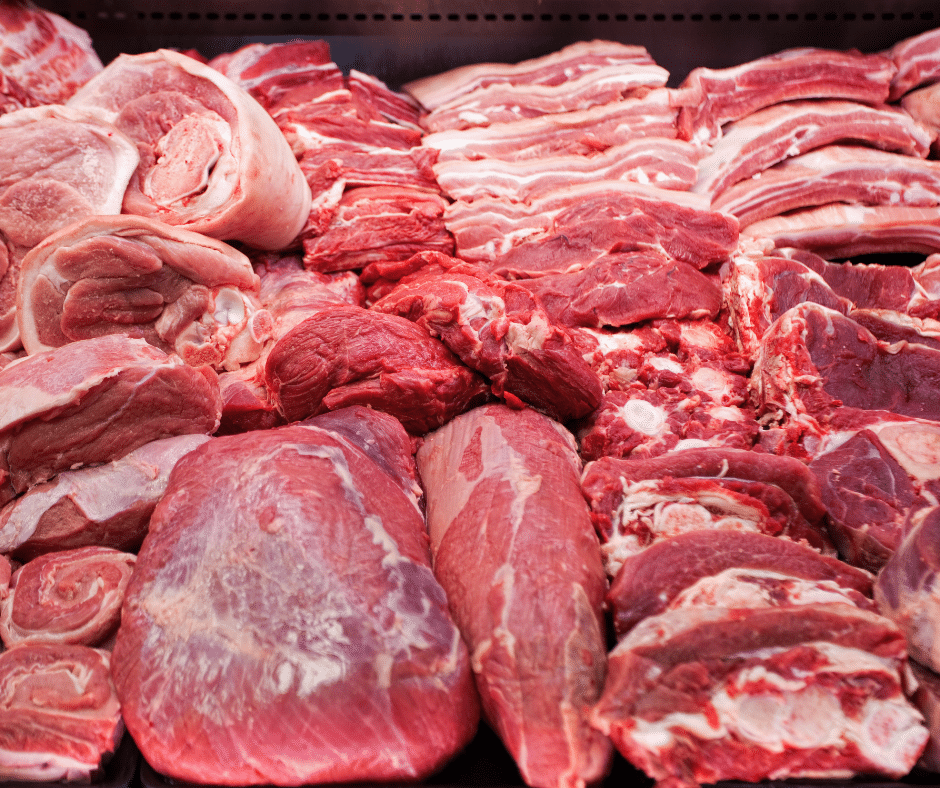
It’s easy to think of mice as mild vegetarians, but given the chance, they’ll consume meat. They’re not skilled hunters—mostly they rely on scavenging—but they’ll gnaw on leftover scraps of meat, carcasses, or even injured small birds. This might sound shocking, yet it’s a testament to their survival instincts. If protein is up for grabs, a mouse won’t turn it down. In a home environment, this versatility means that anything containing traces of animal products, even pet food, can serve as a potential feast.
Protein on Six Legs: Insects
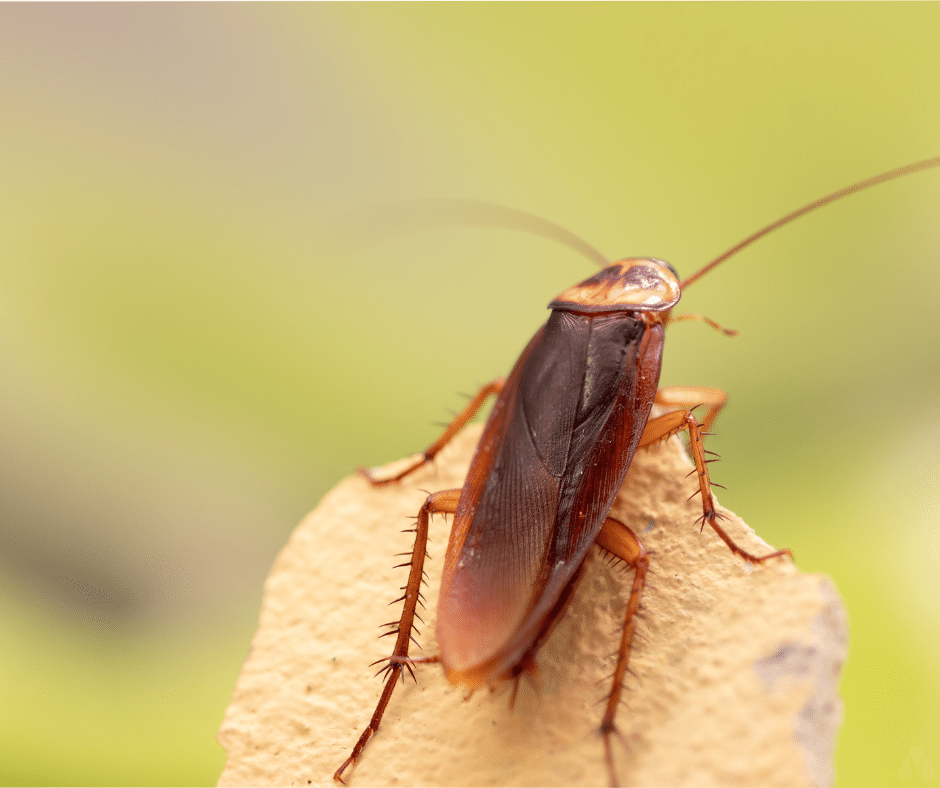
Insects, when conveniently accessible, also make it onto the mouse menu. While mice aren’t swift enough to routinely chase down bugs, they have no qualms about grabbing an easy meal if it wanders too close. Cockroaches, beetles, and caterpillars can supply much-needed protein and fats. Inside your home, this dynamic can create a troubling feedback loop: mice eat insects, insects feed on mouse droppings, and both infestations can intensify. It’s a vivid reminder that pests are often interconnected, thriving when conditions favor their combined presence.
Odd Choices: Soap and Candles

It might sound like an old wives’ tale that mice eat soap and candles—but it’s true. The reason is surprisingly straightforward: these items contain fats or oils that mice find appealing. In the wild, rich energy sources can be scarce, so mice have evolved to exploit anything that sustains them. That bar of soap or scented candle? To a hungry mouse, it’s another edible resource. This explains why certain home remedies fail miserably; items thought to repel rodents can actually attract them if they offer a hint of nutrition.
Cardboard and Paper: Dining on Packaging
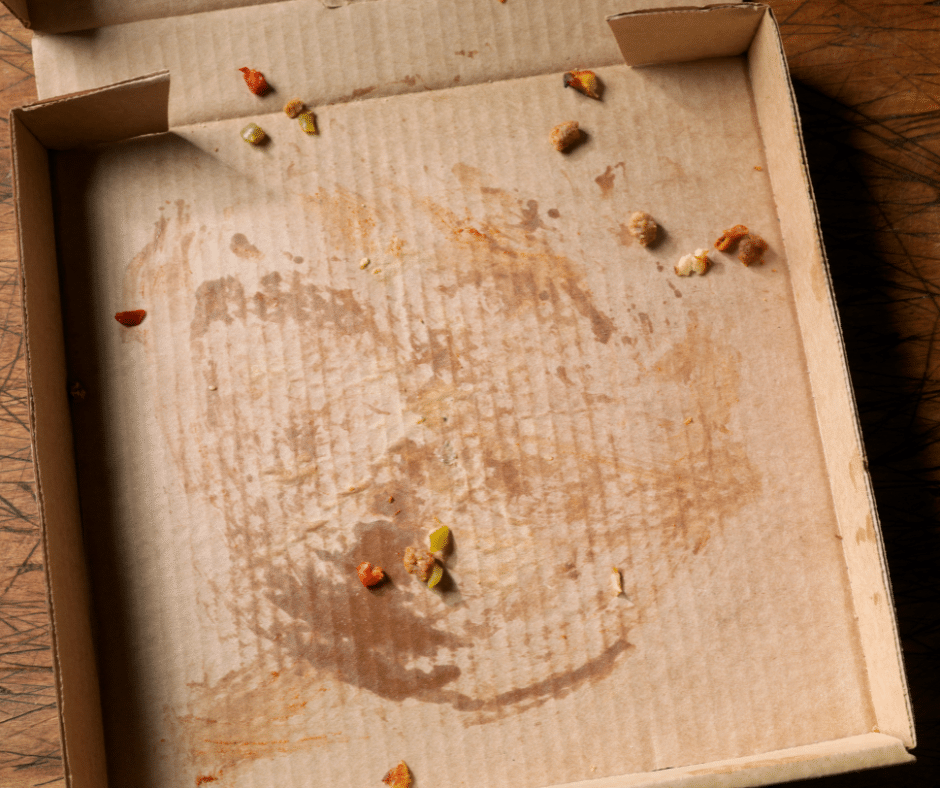
Mice don’t just nibble cardboard to wear down their teeth—they’re often ingesting it, too. While cardboard itself isn’t exactly nourishing, it can carry traces of oils, grease, or leftover bits of food. An old pizza box, for example, might still smell like dinner. This flexible approach to diet means that simply cleaning out the fridge isn’t enough; packaging, scraps, and anything with lingering food odors can sustain these tenacious rodents.
A Disturbing Reality: Cannibalism
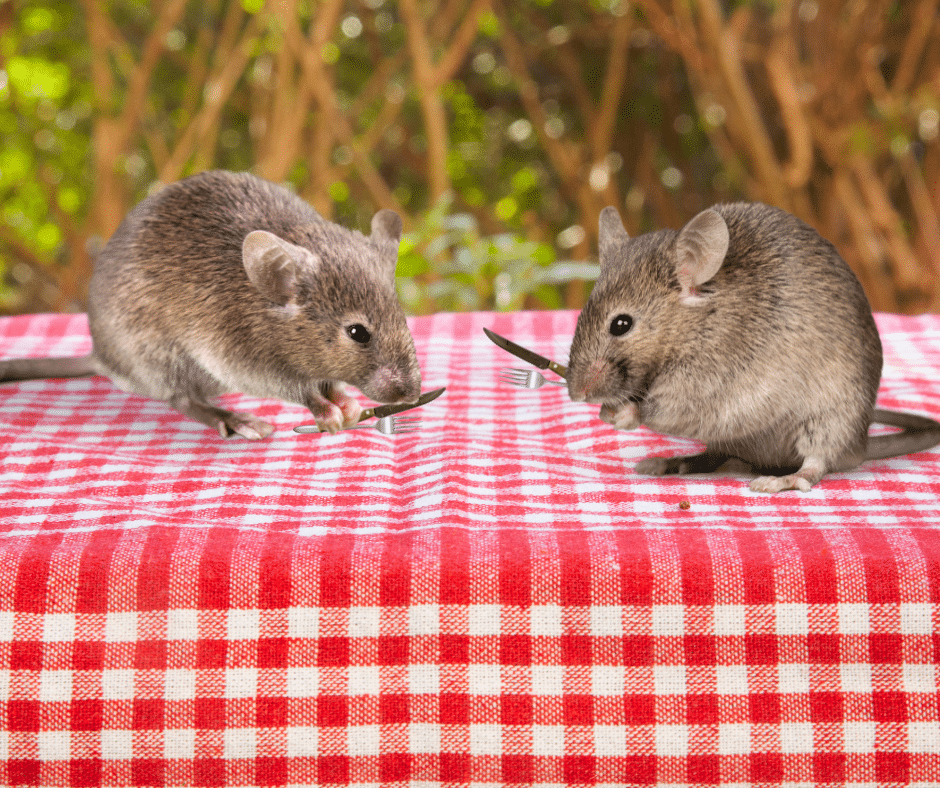
As unsettling as it is, mice will sometimes resort to cannibalism, particularly in dire circumstances. A mother mouse may consume offspring she deems unlikely to survive, or a starving mouse might feed on a weaker peer. It’s a grim reminder that mice are driven by survival above all else. Their decisions might seem horrifying to us, but from their perspective, it’s an act of necessity.
Gaining the Upper Hand
Realizing that mice can convert almost anything into a meal helps explain why they’re such formidable household invaders. They’re not just after your cookie crumbs; they’re also interested in soap, wax, and even the materials that package your food. Knowing this, prevention takes on a different tone. It’s about more than just securing your pantry. To truly deter mice, you need to eliminate all easy access to sustenance—however unexpected that sustenance might be.
When Expert Help Counts
Mice are adaptable, resilient, and driven by an insatiable quest for survival. If you’re facing a rodent issue, these insights clarify why the situation often worsens without professional intervention. Modern Pest’s integrated approach focuses not just on removal, but also on identifying and addressing the hidden feeding opportunities that make your home so appealing to these opportunistic eaters. By understanding the true breadth of a mouse’s menu, you’re a step closer to preventing their feasts altogether.
If mice are making themselves at home in your space, Modern Pest is ready to help identify the underlying causes and implement tailored solutions. With our expertise, you can restore balance to your living environment—no matter what bizarre “foods” the mice had in mind.
